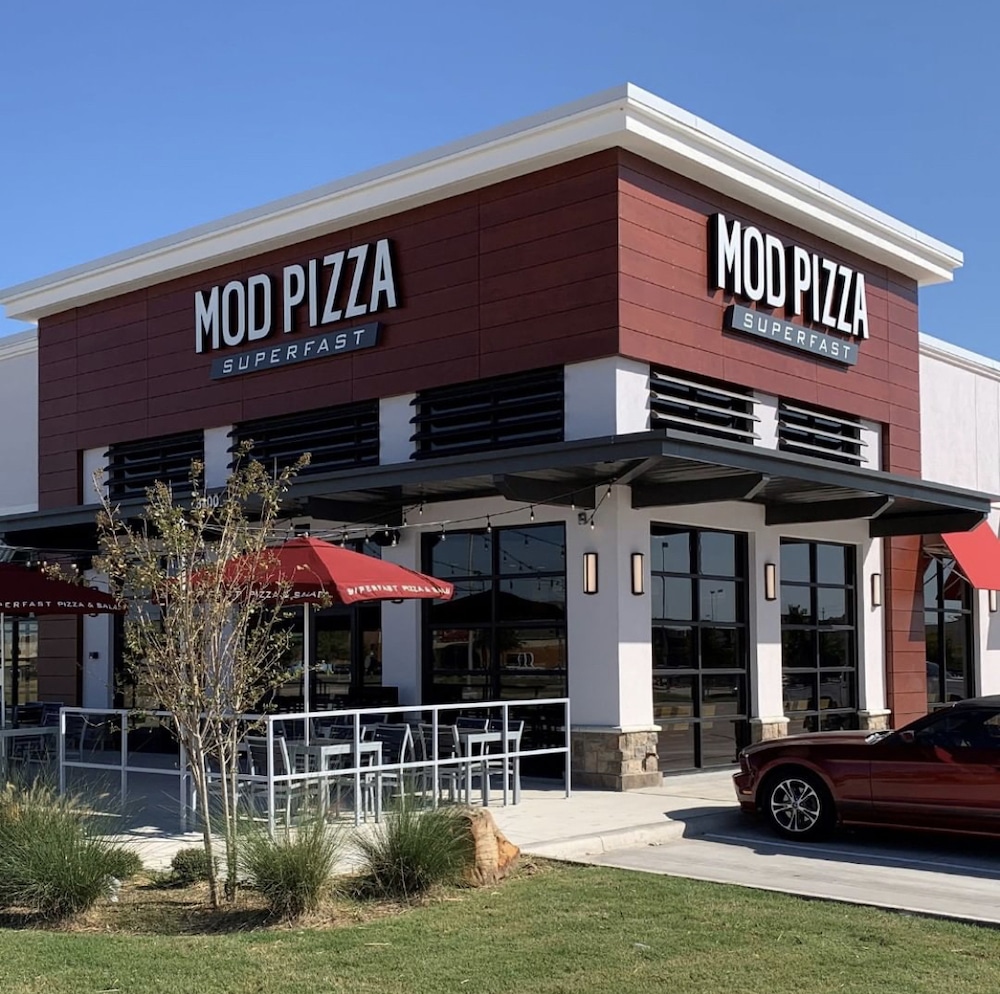Some pizzeria operators say they’re “old school” and don’t use small appliances for slicing, dicing and shredding during the pizza making process. They still prefer to do the work by hand. But most couldn’t manage without these key pieces of equipment—they save time, lower labor costs and reduce waste, thereby boosting the bottom line and profitability. 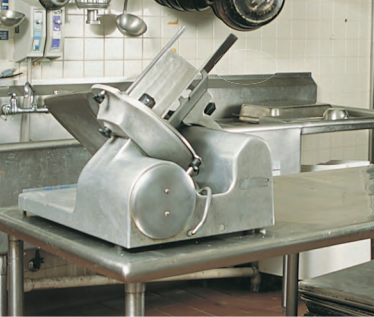
A wide variety of relatively small devices earn their keep in pizzeria kitchens nationwide, including slicers, cutters, grinders, shredders, scales and thermometers. Here we provide an overview of some commonly used types of small equipment and the advantages of each.
The Right Slice
One of the most prominent countertop appliances found in pizza kitchens is the slicer, used to prepare basic items for pizza toppings, such as pepperoni, ham, onions, green peppers and other vegetables. Slicers come in hand-powered or electric models. For slicing small amounts, a hand-powered machine is suitable, though an electric machine may be more efficient. “Because one purpose of the slicer is to save time and effort, the electric version is mainly found in pizzerias,” writes industry consultant John Correll in his extensive guide on pizzeria operations, Encyclopizza. “Generally speaking, a pizzeria that does more than 10 minutes of slicing per day should consider an automatic model.”
The variables of a slicer include knife size, motor size and slicing speed. A typical knife size ranges from 12” to 13”, whereas manual slicers have a 9” to 10” knife. Slicing dense foods such as pepperoni and cheese requires at least a ⅓-horsepower motor size. Most slicers come in two speeds: a low rate of 35 slices per minute and a high of 50 slices per minute.
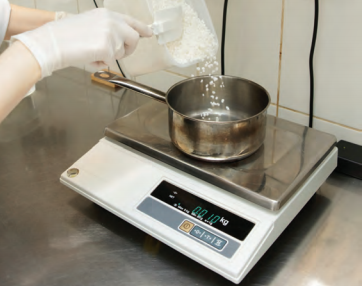 The slicer’s advantage lies in its ability to produce neat, uniform slices with reduced bruising to soft vegetables. “The main drawback of the slicer is its cost,” notes Correll. “If all slicing can be done efficiently and to adequate quantity by a cheaper
The slicer’s advantage lies in its ability to produce neat, uniform slices with reduced bruising to soft vegetables. “The main drawback of the slicer is its cost,” notes Correll. “If all slicing can be done efficiently and to adequate quantity by a cheaper
method—such as a vegetable cutter attachment on a mixer—there’s little point in buying a slicer.”
But Lisa Lynch-Frank, owner of Ermanno’s Legendary Pizza (ermannospizza.com) in North Canton, Ohio, praises the slicer as “one of the best labor-saving pieces of equipment” in her kitchen. “We were having issues with our slicer, and our employees had to start cutting by hand,” she recalls. “It was very time-consuming. We use the slicer for ham, cheese, green peppers and onions.”
Making the Cut 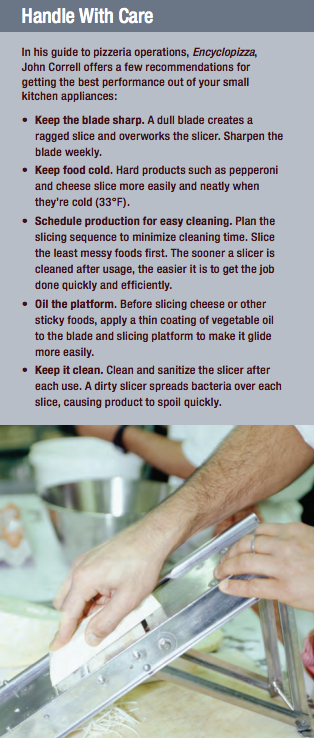
Many pizzerias use a vegetable cutter for slicing and shredding vegetables and slicing fi rm meat such as pepperoni. These devices are divided into two categories: revolving disc cutters (sometimes called rotary cutters) and blade cutters. Handoperated cutting machines can process a wide variety of products or may be dedicated to specific tasks, such as tomato slicing, chicken slicing, onion slicing or chopping, cheese cutting (in cubes, slices or blocks) or lettuce shredding. To accommodate patrons’ appetite for French fries, hand-operated potato cutters come in a range of cut styles, including fine, ⅜”, spiral or wavy.
A disc-type cutter contains a disc with one or two knife blades for slicing and a disc with sharp-edged holes for shredding or grating. The blade cutter utilizes razor-sharp blades to create round or rectangular slices. A pizzeria that shreds only a small amount of cheese or vegetables could make good use of a manual cutter, particularly if a mixer with an attachment hub isn’t available. “The manual versions can be an economical and effective way to process certain vegetables,” writes Correll. “When an onion is put sideways through a cutting grid, it comes out as a dice—just right for pizza topping.”
“A slicer and a tomato slicer would be at the top of my list of must-haves,” says Brad Randall, owner of Aver’s Gourmet Pizza (averspizza.com) in Bloomington, Indiana. “These are affordable and safe tools that greatly increase the speed at which an employee can produce heaps of fresh, consistently sliced veggies.”
Grinding and Grating
Other small appliances used in processing meats, vegetables and cheese include grinders, cheese cutters and shredders. A meat grinder is used in the pizzeria to drive chopped meat through small holes in the meat disc. It can be used for making Italian sausage and ground beef, as well as for grinding cheese, although the latter can be slow and laborious work.
Cutting cheese rapidly with a regular knife can be difficult, so many operators employ cheese cutters, which use a wire or thin blade to whittle down the block. Some large-volume shredders can accommodate a five-pound block of cheese, but these can be cost-prohibitive to smaller pizzeria operators.
“What’s made a big difference in our operation is a cheese grater,” says Randy Smith, owner of Mama Bosso, a frozen pizza manufacturer in Rock Island, Illinois. “We used to have to chop up three-pound loaves into thirds, but the cheese grater just zips through it.”
Measuring Up
While slicers and food processors are useful for preparing toppings for pizzas, other tools come in handy for measuring quantity, temperature, time, weight and volume to ensure consistent quality, increase efficiency and reduce waste. “My scale, which I use to weigh cheese portions on every pizza, is very important for efficiency and cost savings,” says Paul Gillespie from Five Star Pizza (gatorpizza.com) in Gainesville, Florida.
Scales, including mechanical, beam and electric varieties, are used for weighing dough balls and portioning cheese, sauce and toppings. Correll recommends using a scale with a 32-ounce capacity in ¼-ounce increments and a 9” square platform. “Most pizzerias would find that a good mechanical scale would do the job,” he writes.
“The most useful equipment in my kitchen is my scale,” says Frank Palazzolo, owner of Nonna Maria’s Ristorante & Pizzeria (nonnamarias.com) in Oracle, Arizona. “The consistency of my menu items ensures that, when a customer places an order, he’ll receive the same portion every time. It also ensures that the dollar amount of the menu item does not fluctuate depending on who prepared the dish. The scale eliminates the amount of food that is wasted, thus saving time and money.” 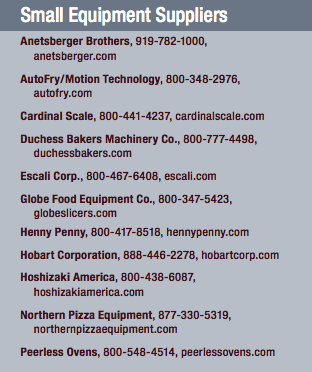
A stem thermometer is useful for measuring the temperature of water and dough. It’s also used for measuring the temperature of frozen food, the internal temperature of baked pizza and bread and for checking grill and refrigeration temperatures. Thermometers come in mechanical or electric models. Although mechanical thermometers are cheap and can do the job, they have a drawback: “It takes 20 seconds to get an accurate reading,” Correll writes. “While that isn’t a long time, it’s sometimes enough to deter a cook from using it.” An electronic thermometer with a needle tip works and can measure water and internal food temperature. High-tech infrared thermometers can read the surface temperature on a pizza, which is difficult to do with a stick thermometer.
Finally, Correll says a timer is a basic necessity in any pizzeria kitchen. “In making dough, time is critical,” he writes. “It’s also important when chopping cheese and other foods with a cutter-mixer. A kitchen should have an individual timer available to remind a cook when something should be done.”
For his part, Palazzolo says he’d add a blender to his wish list. “With that, I would experiment more in expanding my menu to create additional soups and sauces. I love trying new flavor combinations. It would enable me to ‘play’ more often.”





